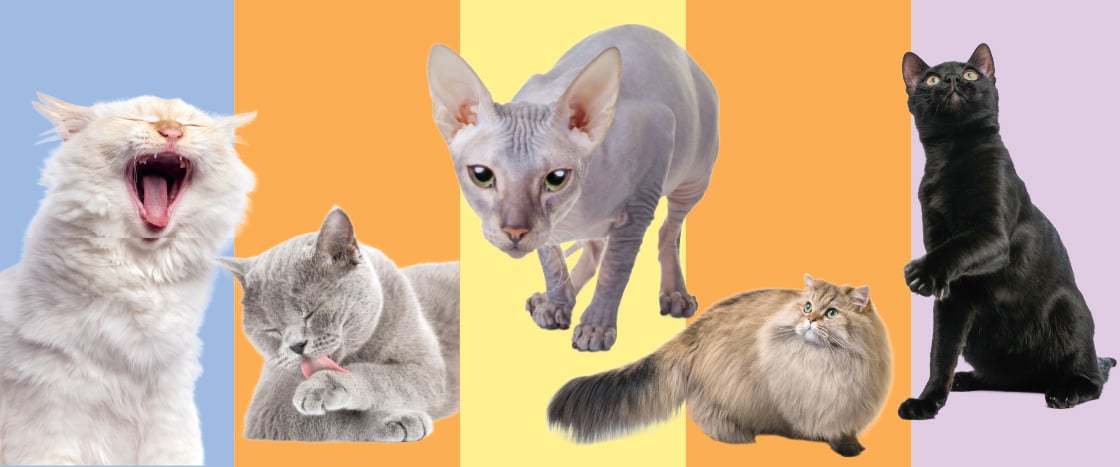Sam Henneberry
The author’s two cats, Reuben (left) and Babka
Think about a cat. Chubby cheeks. Big eyes. Soft fur. You’re probably going, Awww!
But for most of human history, thinking of cats made people go, AHHH!
That’s because most of the felines prowling the earth were fearsome: saber-toothed cats with 11-inch fangs, roaring lions with sharp claws, ferocious tigers with glowing eyes.
So how did we get to the place we are now, where millions of Americans have invited cats to share their homes? How did cats go from fierce predators to purrfect pets?
Think about a cat. Chubby cheeks. Big eyes. Soft fur. You’re probably saying, Awww!
But that’s not true for most of history. In the past, people would say, AHHH!
That’s because most of the felines in the past were scary. There were saber-toothed cats with long fangs. Lions with sharp claws. And ferocious tigers with glowing eyes.
What happened? How did millions of Americans end up with cats in their homes? How did cats go from fierce animals to purrfect pets?


